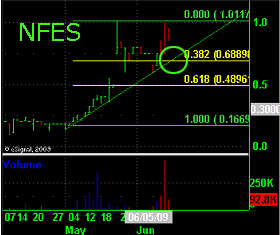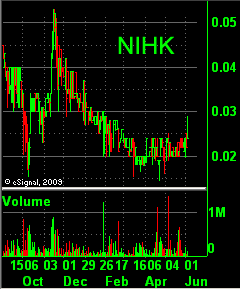We haven’t heard much from UFood Restaurant Group, Inc. (UFFC) since it secured nearly $5 million from the private sector in April for expanding its number of locations—14—in both traditional and non-traditional places.
In fact, just last week UFood announced that its Chicago franchisee terminated the operation of three UFood Grill Restaurants in Boston, citing the poor economy.
In response to these closures UFood says it is increasing its focus on non-traditional locations such as airports, hospitals, colleges and travel plazas. They expect to announce several new traditional and non-traditional locations in the coming months to open by the end of the year.
For example, UFood also announced last week that it has signed a lease agreement with Westfield Concession Management for a UFood Grill Restaurant in Boston’s Logan Airport Terminal C. Westfield is a premier company in the leasing of airport retail concessions across the United States.
This will be UFood’s second location inside Boston Logan Airport and the third airport location (the other airport location is Dallas/Fort Worth – the seventh busiest airport in the world). Management anticipates the new restaurant will be opened by early October 2009.
As far as what UFood’s stock price has done, it’s currently trading at $.19, up 58% since we initiated a buy on March 19 at $.12. Considering the stalling of growth, that’s a nice double-digit move for those of you who bought at that low.
If UFood makes the kind of headway it expects in the coming months, we should see the stock move further north. It’s basically been in a trading range of $.18-$.27 over the past three months; although it did reach an intra-day high day of $.35 just days after we initiated a buy.
We still consider this stock a buy at $.19 in case you wanted to invest a small amount until we see some real growth.
 Here’s a look at the chart over the past two months. It started out as a $.20 stock.
Here’s a look at the chart over the past two months. It started out as a $.20 stock. That $.02 mark is key. The stock hadn’t budged from it since March 2, suggesting that $.02 might be a bottom and that falling below it would not be a good sign.
That $.02 mark is key. The stock hadn’t budged from it since March 2, suggesting that $.02 might be a bottom and that falling below it would not be a good sign.